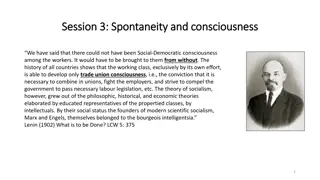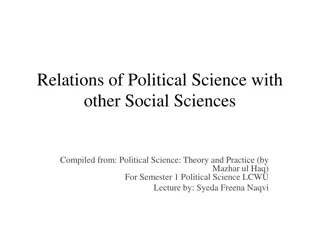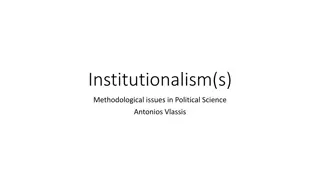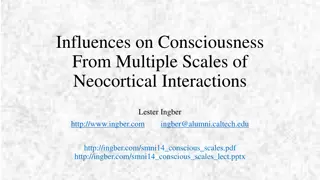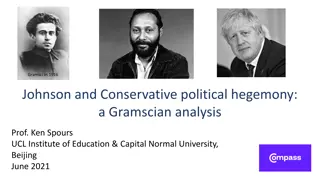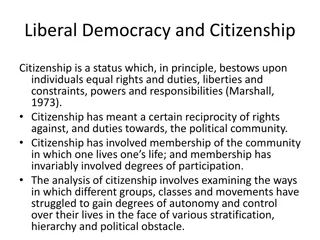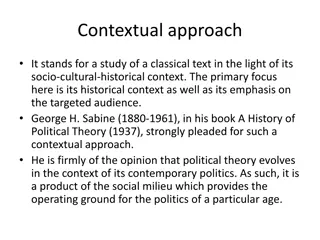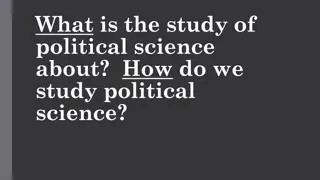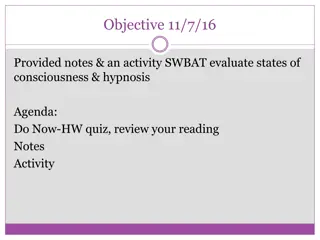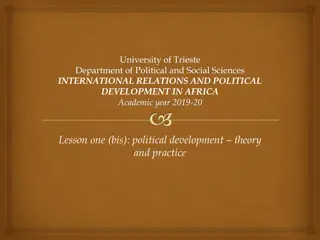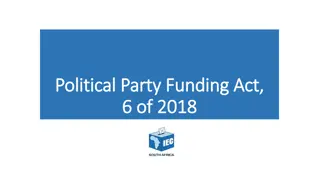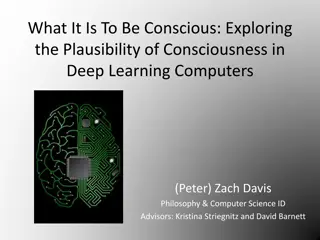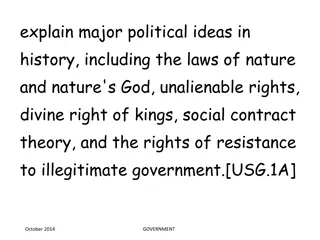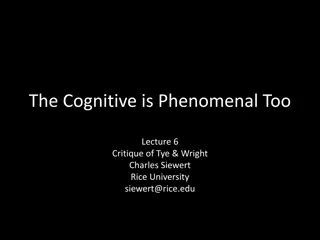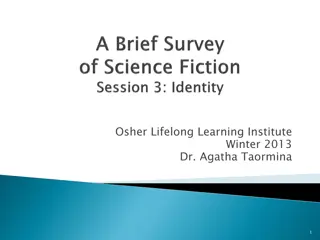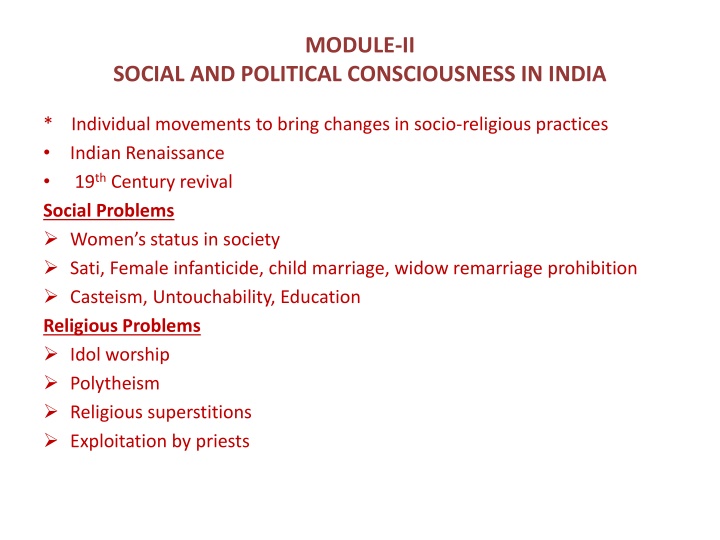
Individual Movements and Social Reforms in Indian Renaissance
Explore the significant individual movements during the Indian Renaissance in the 19th century that aimed to bring about changes in socio-religious practices and address social issues such as women's status, sati, infanticide, child marriage, and casteism. Learn about key figures like Raja Ram Mohun Roy of the Brahmo Samaj, Atmaram Pandurang of the Prarthana Samaj, and Swami Vivekananda of the Ramakrishna Mission, who advocated for social and religious reforms in India.
Download Presentation

Please find below an Image/Link to download the presentation.
The content on the website is provided AS IS for your information and personal use only. It may not be sold, licensed, or shared on other websites without obtaining consent from the author. If you encounter any issues during the download, it is possible that the publisher has removed the file from their server.
You are allowed to download the files provided on this website for personal or commercial use, subject to the condition that they are used lawfully. All files are the property of their respective owners.
The content on the website is provided AS IS for your information and personal use only. It may not be sold, licensed, or shared on other websites without obtaining consent from the author.
E N D
Presentation Transcript
MODULE-II SOCIAL AND POLITICAL CONSCIOUSNESS IN INDIA * Individual movements to bring changes in socio-religious practices Indian Renaissance 19thCentury revival Social Problems Women s status in society Sati, Female infanticide, child marriage, widow remarriage prohibition Casteism, Untouchability, Education Religious Problems Idol worship Polytheism Religious superstitions Exploitation by priests
Causes for the movements British rule Western education Liberal ideas of west Role of Christian Missionaries Rationalism and tolerance Critical examination of the past Faith and belief replaced by reason and judgment
A). Brahmo Samaj (Raja Ram Mohun Roy) Father of Indian Renaissance Influenced by Western education Founded Brahmo Samaj in 1828 Against Idol worship Supported monotheism Supported English languages and Education Abolished Sati 1829 Sati Abolition Act-Lord William Bentick Brahmo Samaj to purify Hindhuism Founded English School at Calcutta Sambad Kaumudi. Mirat-Ul-Akbar Indian Brahmo Samaj and Adi Brahmo Samaj(Two Sections of Brahmo Samaj)
B). Prarthana Samaj (Atmaram Pandurang) Founded in 1849 at Maharashtra Advocated the worship of One god Supported Widow Remarriage and Women Education Advocated removal of Caste System Abolition of Purdha Accepted all Religions
c). Ramakrishna Mission (Swami Vivekananda) Born in 1836 No formal education Received the name Ramakrishna His ideologies were all religions are same universality of all religions All religions are tree and led to god Stood for selfless devotion to god God is omnipresent Swami Vivekananda Narendra Datt Founded Vedanta Societies Disciple of Sree Rama Krishna He founded Rama Krishna Mission on May 1st1897 Service to man is service to God Oneness of all religions
Swami Vivekananda Sri Rama krishna
D). Arya Samaj (Swami Dayanand Saraswathi) Back to Vedas Reestablishing Vedic Social System Stood for Everything Indian Against Idol Worship God incarnation Child Marriage Pilgrimages Polygamy Caste system Believing in one god Purify Hinduism(Suddhi Movement) Satyartha Prakash(Journal) Dayanand Anglo Vedic Schools - 1886
E). Theosophical Society (Madame H.P. Blavatsky) 1875 Madam Blavatsky and Colonel Olcott Theo and Sophia means God and Wisdom Wisdom Concerning God Revivalist in nature Branch in Adayar Aims The development of National Spirit Education founded on Indian ideals Universal brother hood Faith in ancient doctrines were strengthened Philosophies of Hinduism also strengthened Research on Hindu Scriptures Intellectual awakening 1898 - Central Hindu College (Banaras) 1916 Banaras Hindu University
F). Aligarh Movement (Sir Sayyid Ahmed Khan) To modernise Indian Muslims To make better relations between Muslims and English Government Antagonistic to national movement Pro-British movement 1875 Mohammedan Anglo Oriental College 1893 Founded Mohammedan Anglo Oriental Defence Association Against Thalaq and Purdha System 1920 Aligarh Muslim University
G). Jyothi Rao Phule Born to a poor family Belongs to Mali caste of Gardners Fight against Brahmanical oppression Upliftment of downtrodden Founded Satyashodhak Samaj in 1875 Truth Seeker s society Aims:- Put and end to the Suppression of downtrodden by the upper class To spread education among the downtrodden To make them aware of their rights To reject all kinds of Brahmin domination Emphasised faith in equality, freedom and brotherhood Believed in rejection of Varna System
Reforms:- 1848 started girls schools Schools for untouchable 1854 opened a home for widows For new born infants (especially widow s children Constructed water tank in his house Magazines Ghulamgiri, Ishara
H). Womens Question Women were generally accorded to low status Considered inferior No identity Denied education No property inheritance right Polygamy 1). Pandit Iswar Chandra Vidyasagar Born in Bengal in 1820 Fought against caste system Stood for female education Opposed child marriage Widow Remarriage Act 1856 Legalised the marriage of widows Child Marriage Restraint Act / Sharda Act (1929-30) Raised the marriageable age of girls up to 14 and boys up to 18 1978 Child Marriage Restraint (Amendment) Act Raised the age of girls up to 18 and boys up to 21
2). Pandita Ramabhai Saraswathi Worked for women emancipation First educated woman Sanskrit scholar in Calcutta University Against child marriage and child widowhood Founded Arya Mahila Samaj Translated books Established Sharada Sadan in Bombay 1900 Mukti Mission (Home of salvation) Famous books High caste Hindu Women
I). Political Associations Landlords Society (1837) Bengal British Indian Society (1843) The Madras Native Association (1852) The Bombay Association (1852) East India Association (1866) Founded by Dadabai Naoroji In collaboration with Indians and retired British Officials in London To create British public opinion in favour of Indians Discuss the Indian Questions Naoroji known has Grand Old Man of India Poona Sarvajanik Saba (1870) M.G Ranade Socio political organization Working as a mediating body between government and people
Madras Mahajan Sabha (1884) It was a Madras Native Association Moderate Policy Along with Bombay Presidency Association Worked for administrative reforms Indian Association (1876) Aim Unification of Indian people Promoting political, intellectual and material advancement of people Carried out agitation against the Arms Act and Vernacular Press Act of 1878 Later merged with INC
J). Indian National Congress (1885) Umbrella Organization leading campaign for independence Founded at Thej Bahadur Sanskrit College,Bombay Allan Octavian Hume(a retired British Civil Servant) W.C. Banerjee 1st president of INC 72 delegates representing each province in India Aims and objectives:- Promotion of friendly relation between nationalist political workers Promotion of national unity irrespective of caste and religion Formulation of popular demands and their presentation before the government Training and organization of public opinion in the country
Reasons for the growth of Nationalism 1. 2. 3. 4. 5. 6. 7. 8. 9. 10. Vernacular Press Act (1878) 11. Arms Act (1878) 12. Ilbert Bill controversy Development of means of communication Impact of western education Economic exploitation Socio Religious reform movements Emergence of modern press and nationalist literature Racial arrogance of the British Denial of higher jobs to deserving Indians Revival of the glory of India Impact of contemporary movements
A. O Hume Founder of INC W.C.Banerjee First President of INC Flag of INC in 1931



